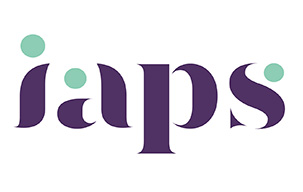D&I on Portsmouth Point: Racial and Ethnic Diversity in Juries

The current juridical systems in America and England randomly select jurors without consideration to the diversity of the panel, yet racial and ethnic diversity could be extremely beneficial for their justice systems.
There have been many studies done into the impact that the diversity of a jury has on the decision making and deliberations undertaken by the jurors. The general consensus that has been reached is that racially diverse juries process evidence more systematically and contemplate their decision more thoroughly. Sommers (2006) found that when comparing the decision making of a racially heterogeneous jury to a racially homogeneous mock jury the white jurors who knew they were discussing the case with an all white jury were already more convinced that the defendant was guilty than those about to deliberate in a mixed jury. The crucial finding was that the diverse jury discussed the case in far more depth, deliberating for longer and showing a much better understanding, and paying more attention to, the facts. This is a clear example of racially diverse jurys upholding justice to a better level than all white juries and being more interested and aware in ensuring the correct decision is made by the entire jury to uphold justice. This is further supported by Stevenson et Al (2017) who found that during interracial mock juries white jurors spoke considerably less than during all white mock juries, and that they spent more time developing their responses, a clear indication that when racially diverse juries are used, more thorough contemplation of the correct course of justice is employed.
Unsurprisingly a racially and ethnically diverse jury has been found by many studies to be less racially biased when it comes to sentencing a defendant and deliberating over their fate. This will be due to many factors, one being an increase in the motivation of white jurors to not be seen to express prejudice in the presence of their black peers. This can be seen in Stevenson et Al’s (2017) study that found that when the jurys composition was more diverse, the word count of white jurors significantly decreased and the use of first person singular pronouns increased, likely reflecting jurors' attempts to withhold expressions of prejudice. The true dramatic effect of racial bias in the courtroom can be seen in both Bowers et al (2001) and Lynch and Haney’s (2011) studies which investigated racial prejudice when sentencing a defendant to the death penalty. Bowers et al (2001) found that the greater the proportion of white jurors in a jury the more likely a black defendant was to be sentenced to death; similarly Lynch and Haney (2011) found that white male jurors were vastly more likely to give the death sentence to a black defendant than a woman or a non-white male juror. This information, while scary is not all that surprising, what is shocking is that despite this information juries continue to be predominantly homogeneous without any attempt to diversify the selection to ensure representation.
Overall, a racially and ethnically diverse jury would dramatically improve the equality and justice of the juridical system by promoting further in-depth contemplation and discussion and reducing the racial bias within juries.












.png&command_2=resize&height_2=85)






.png&command_2=resize&height_2=85)


